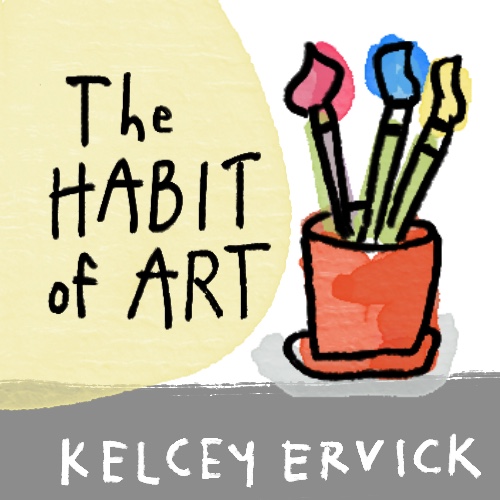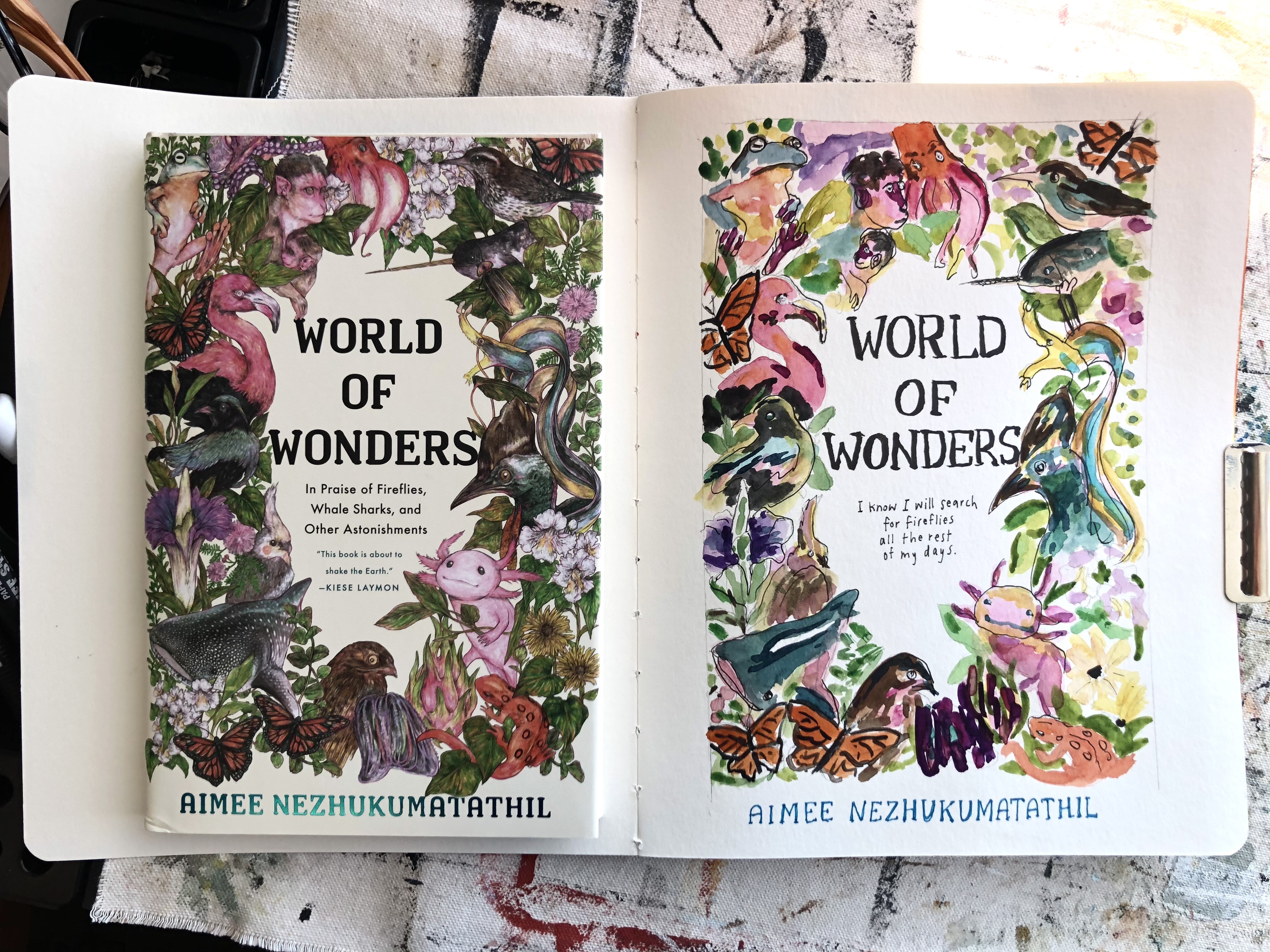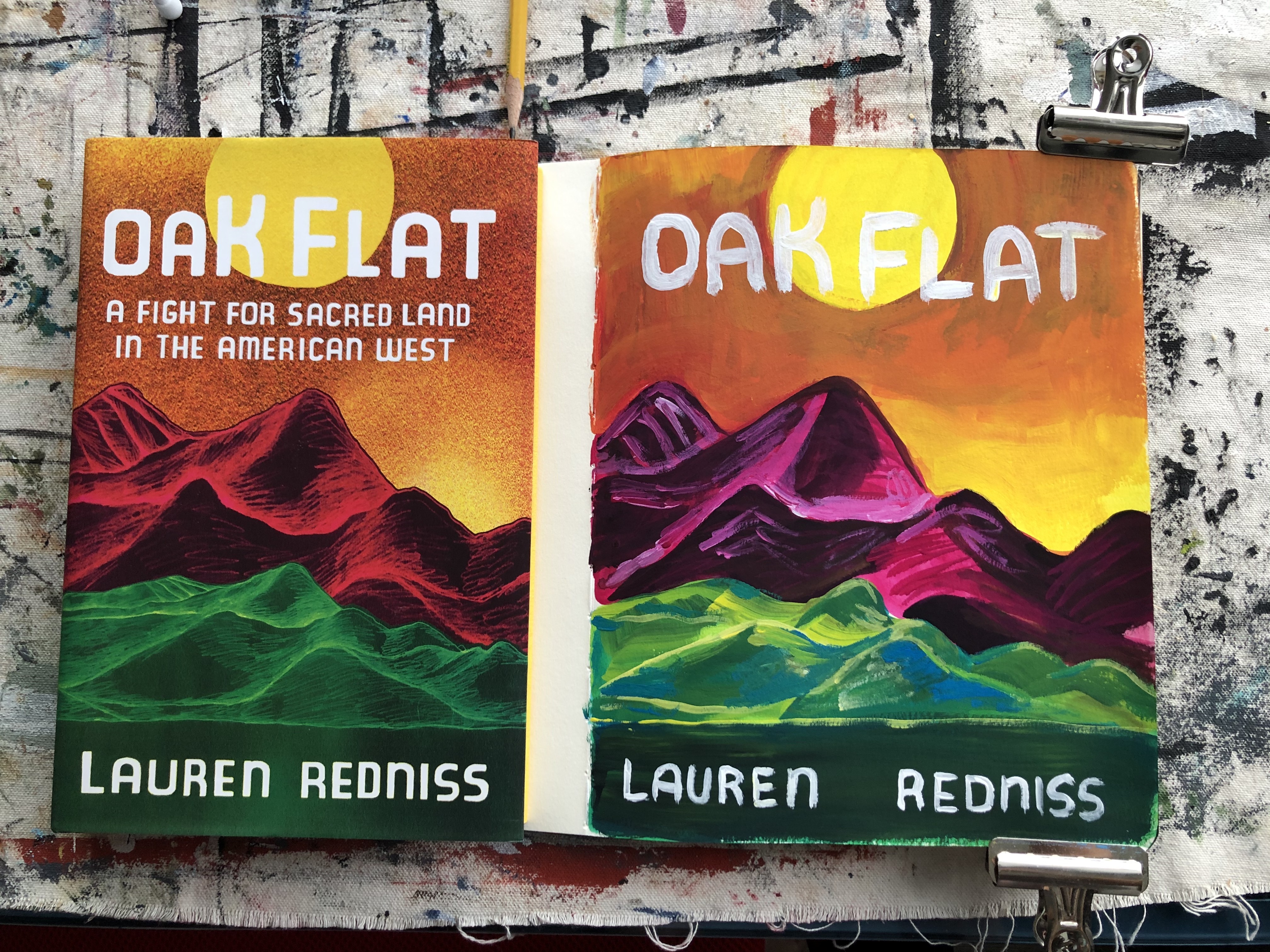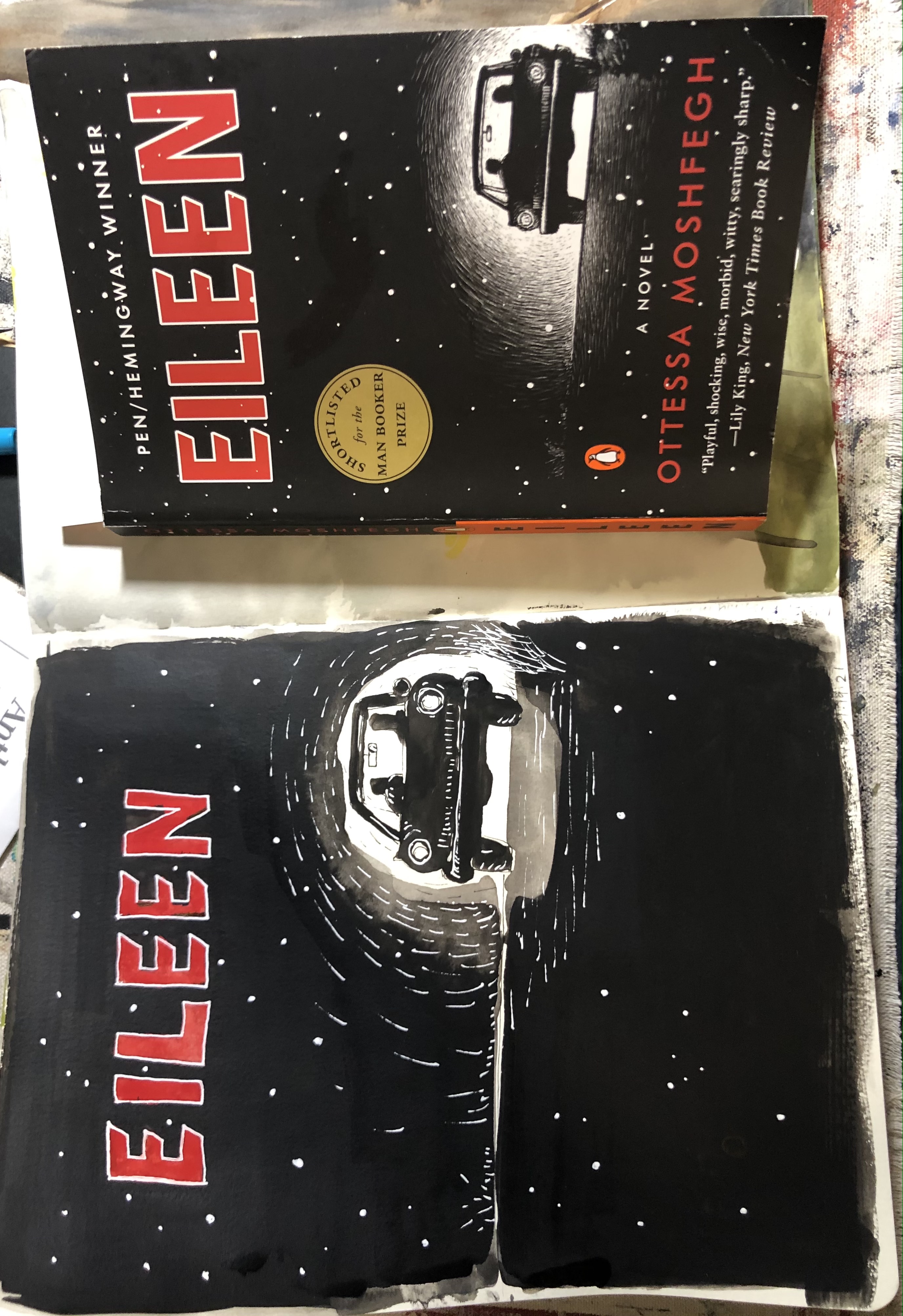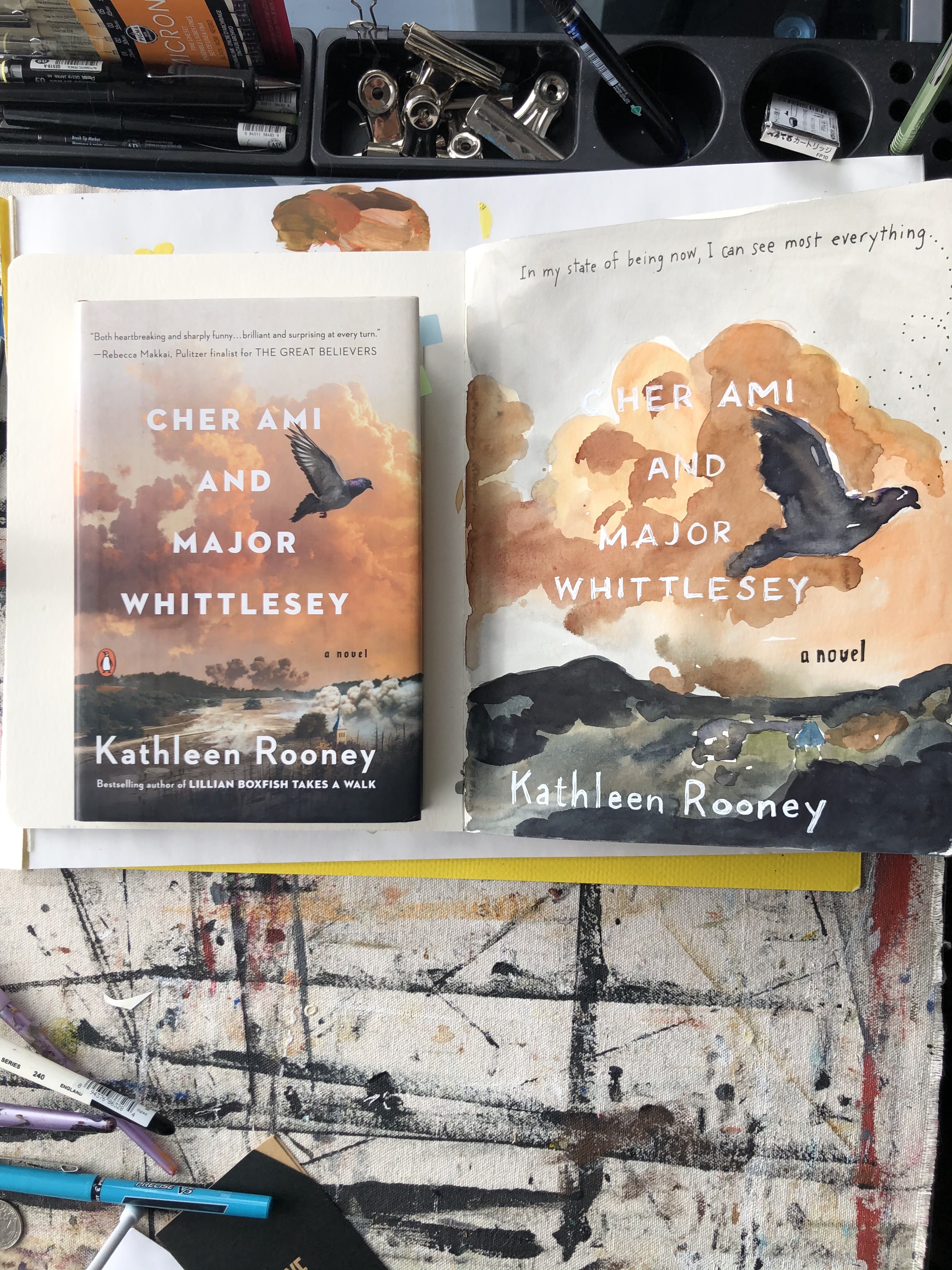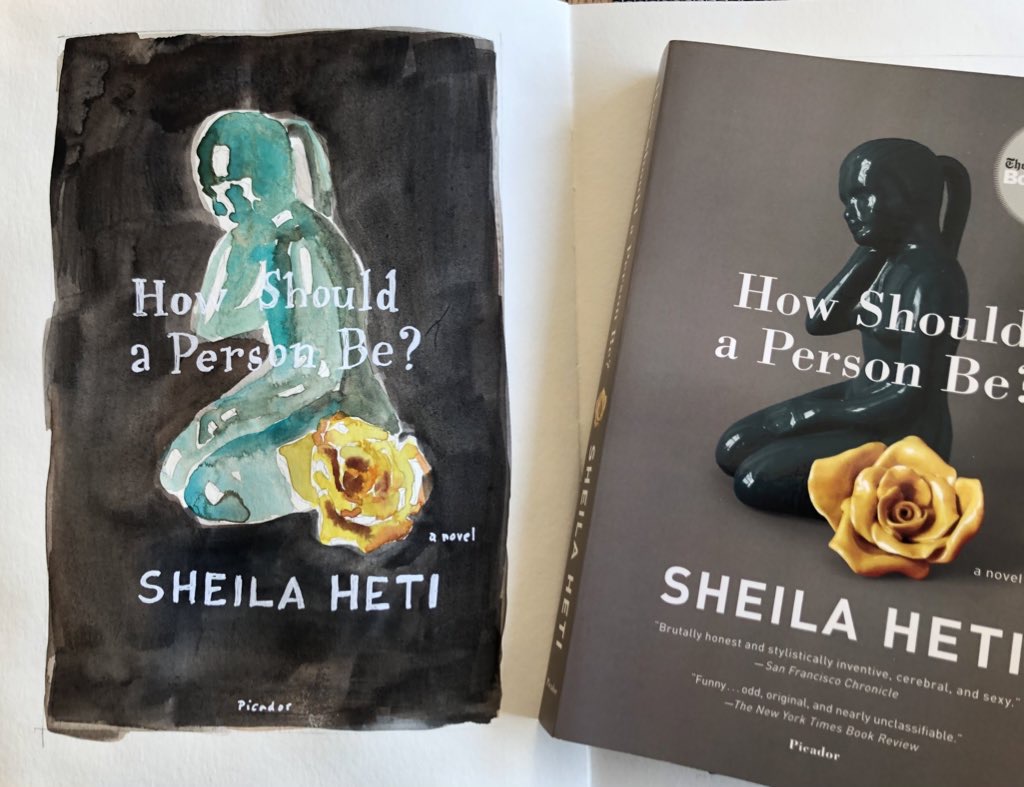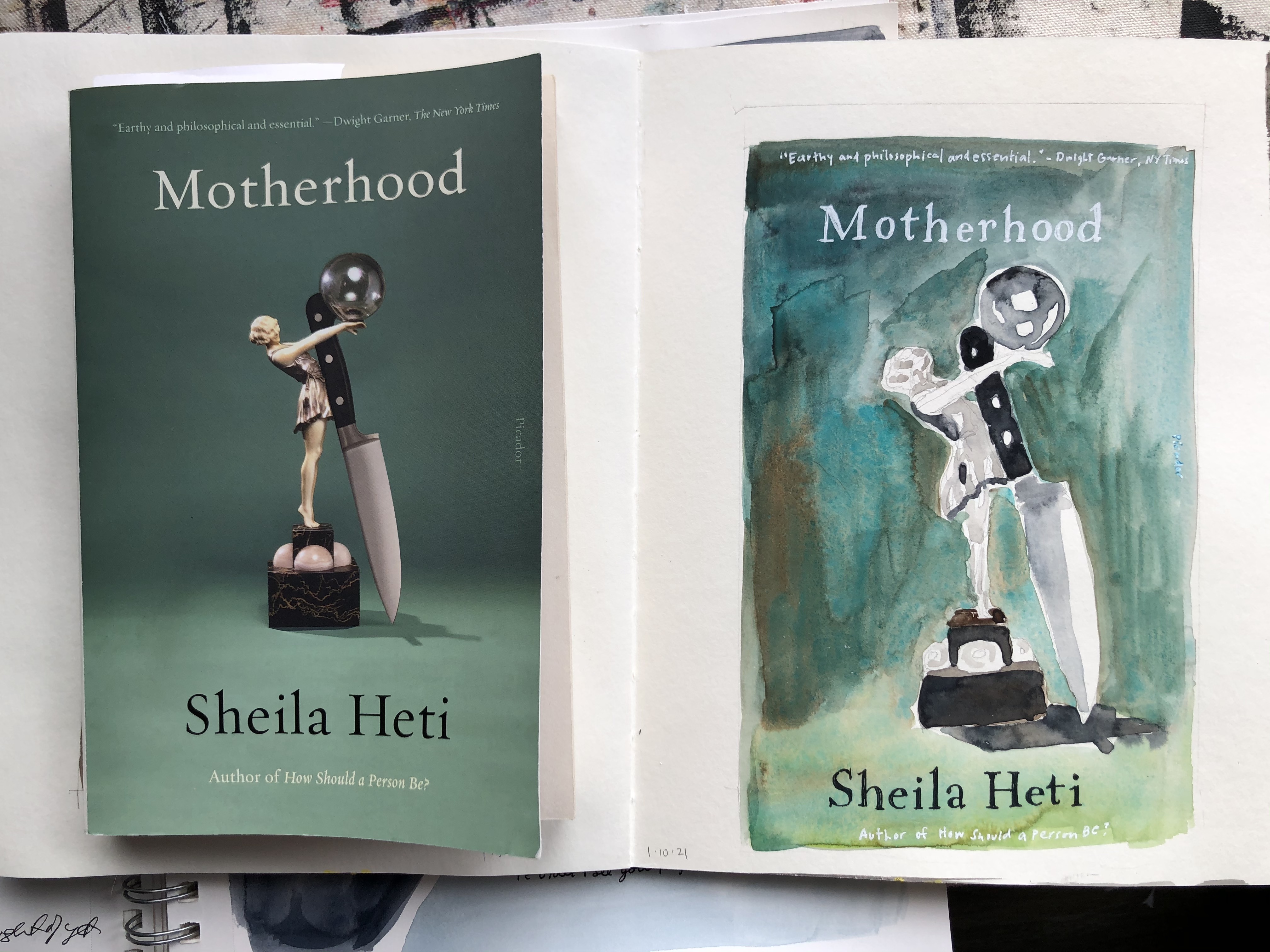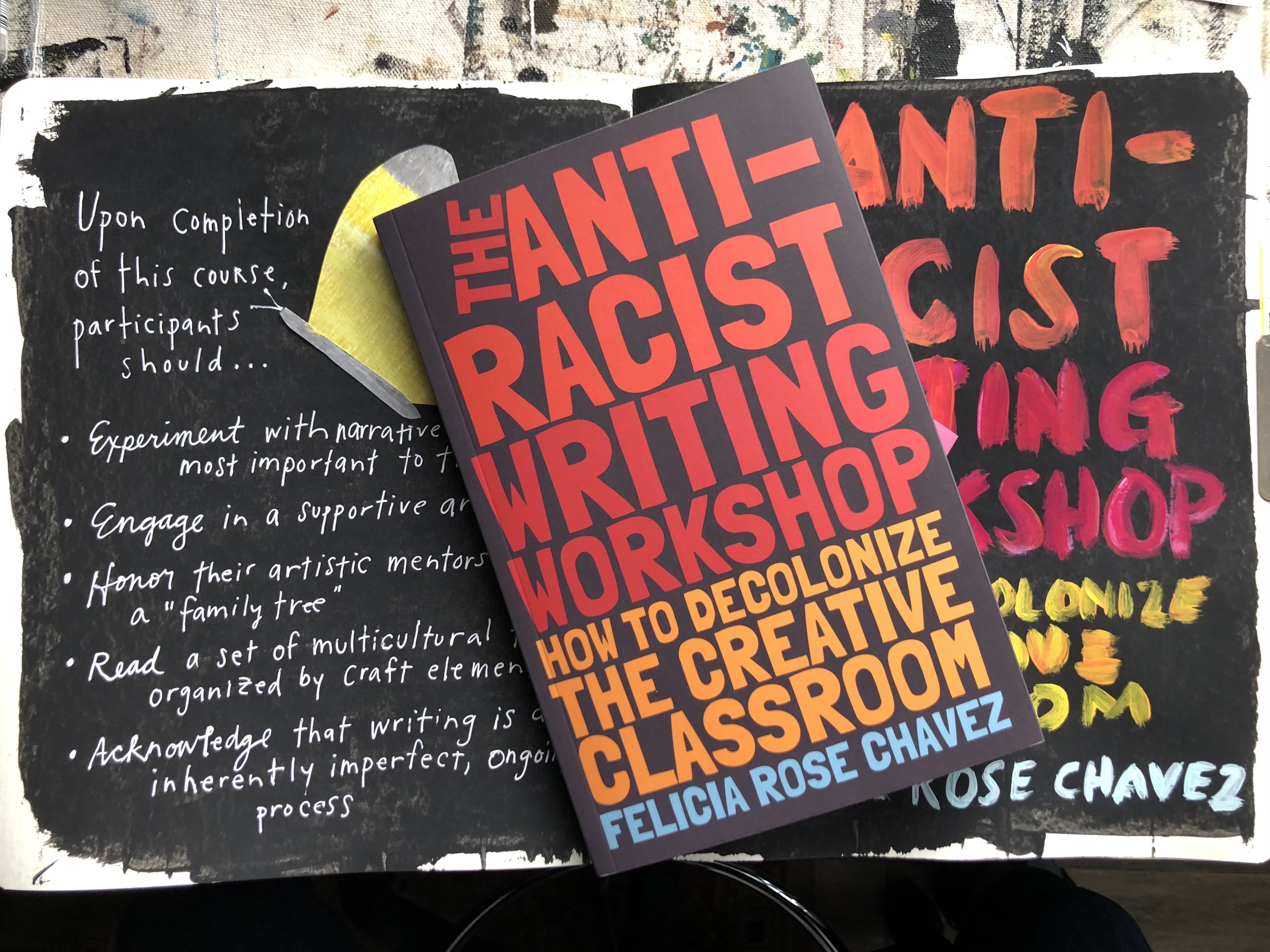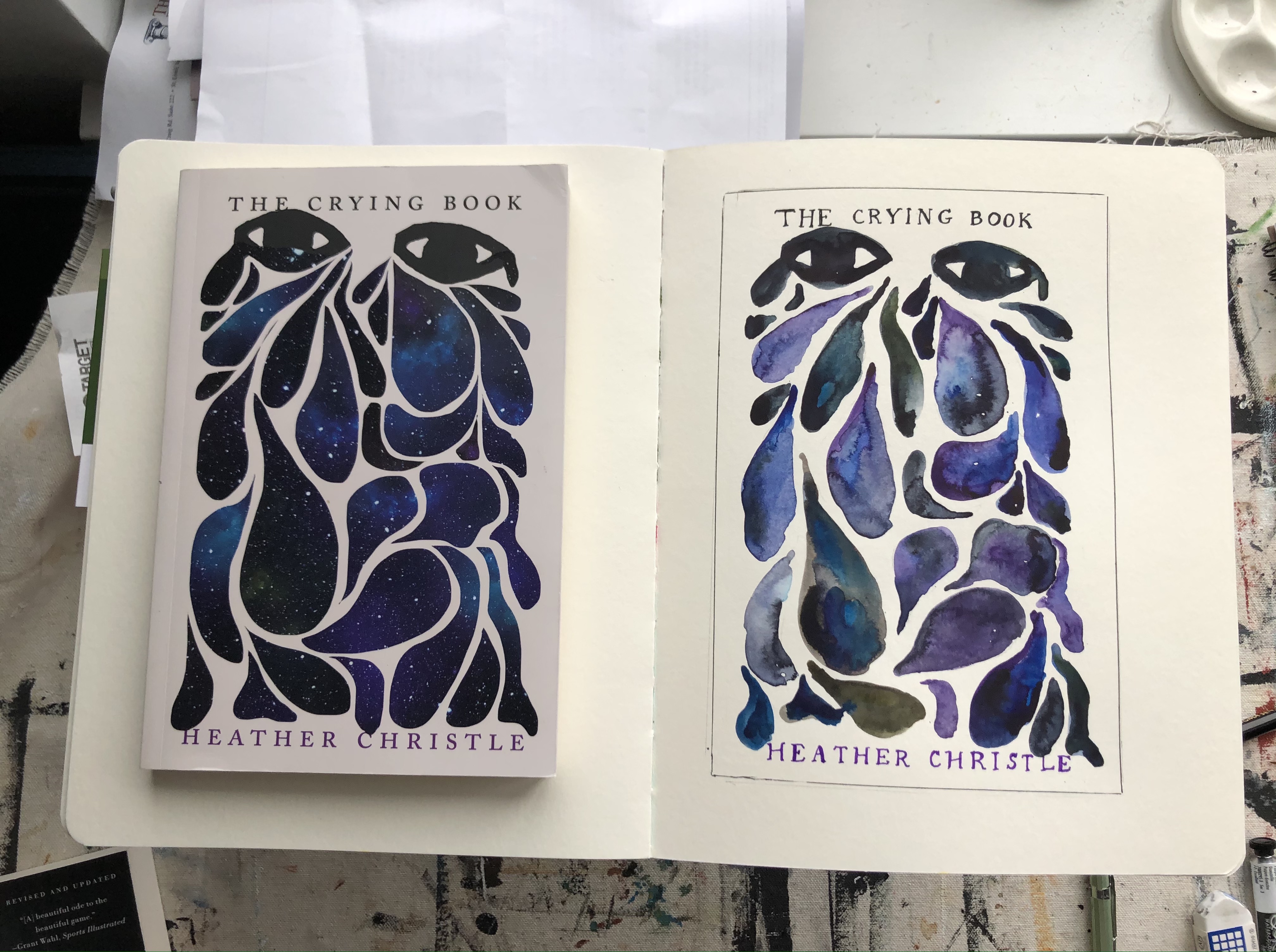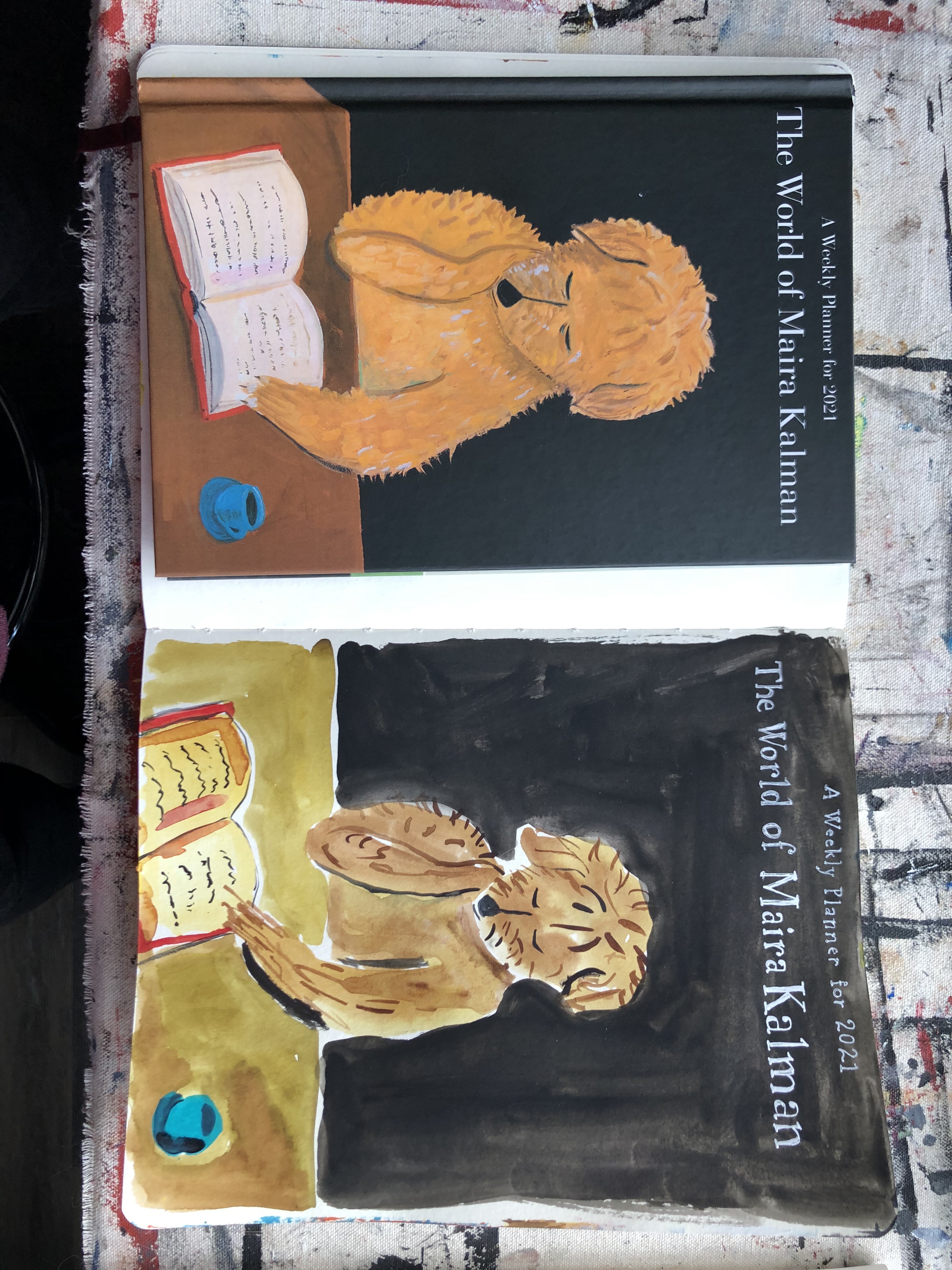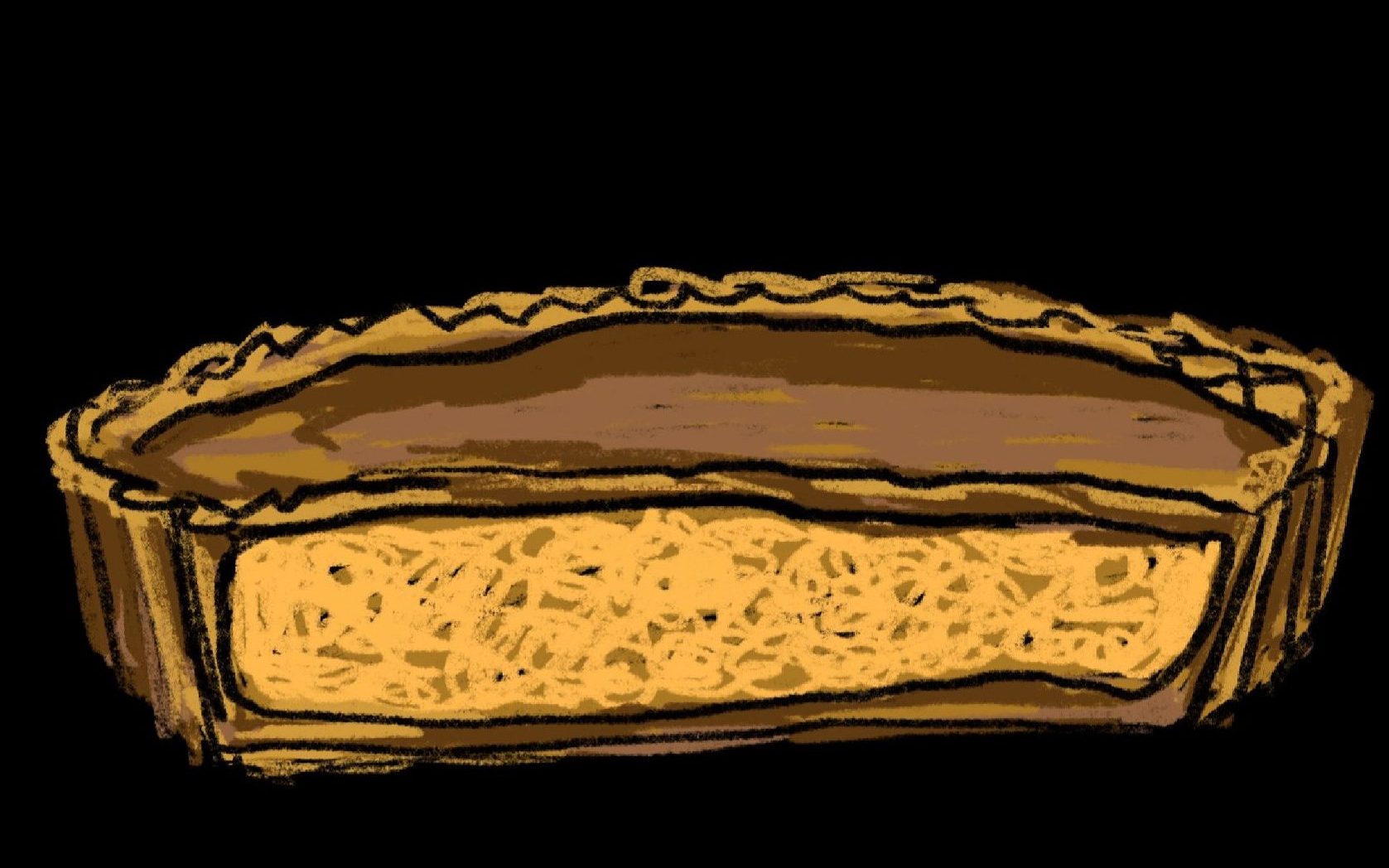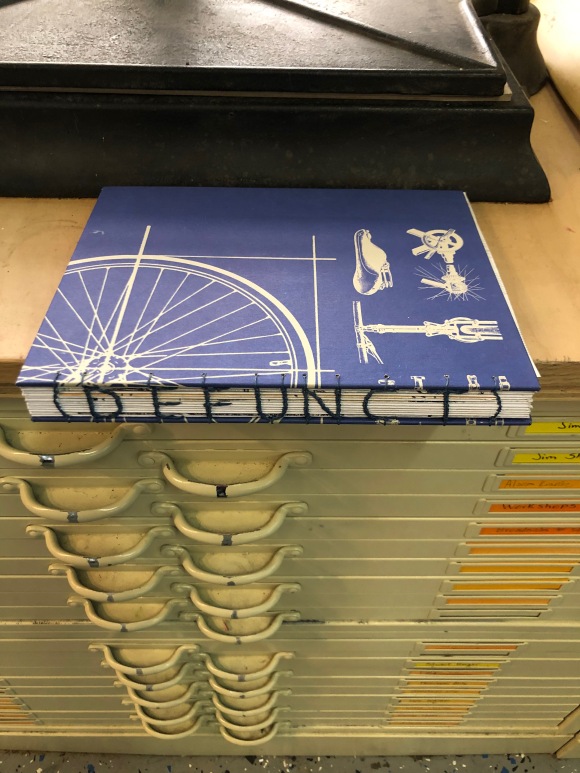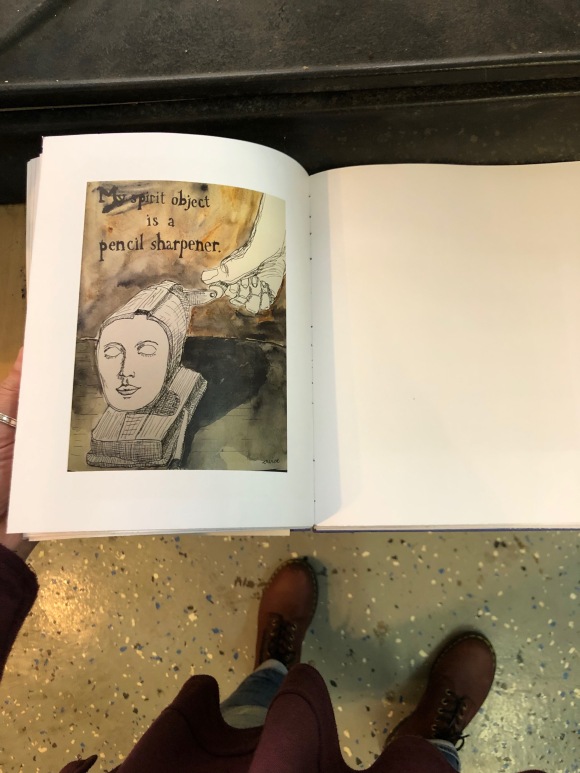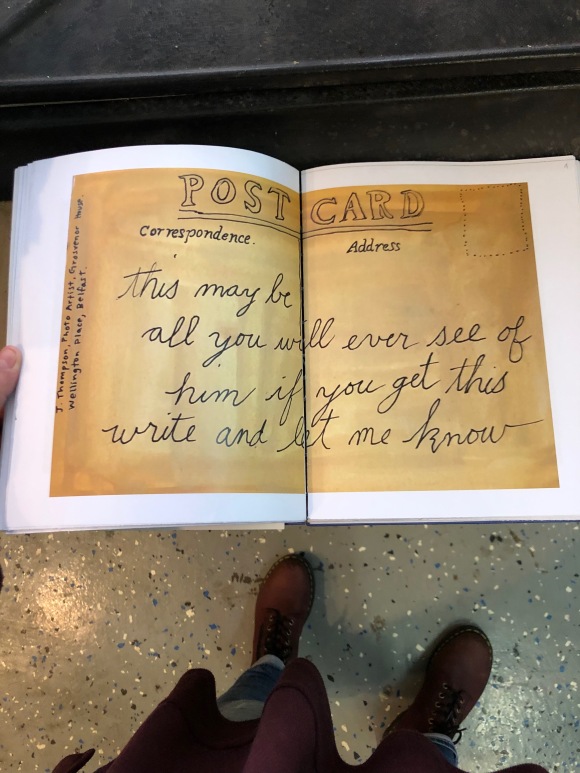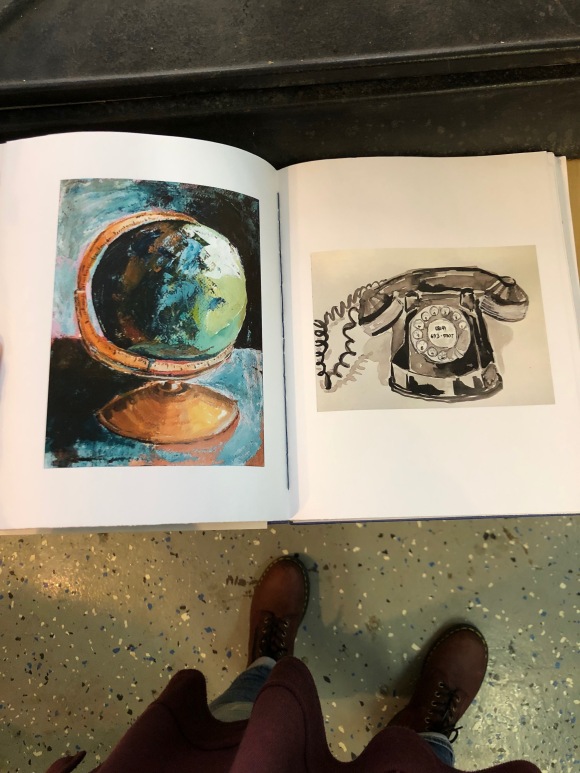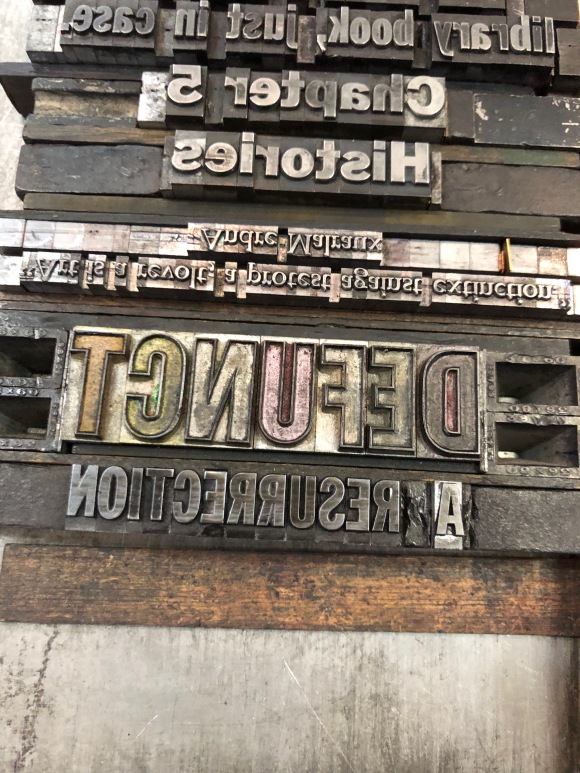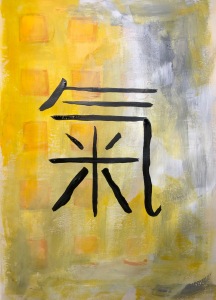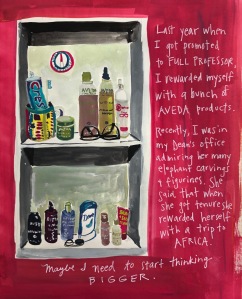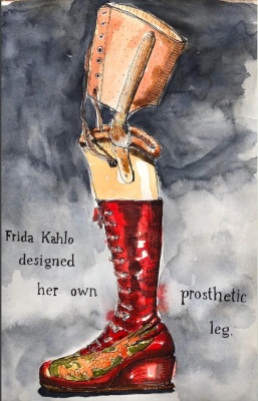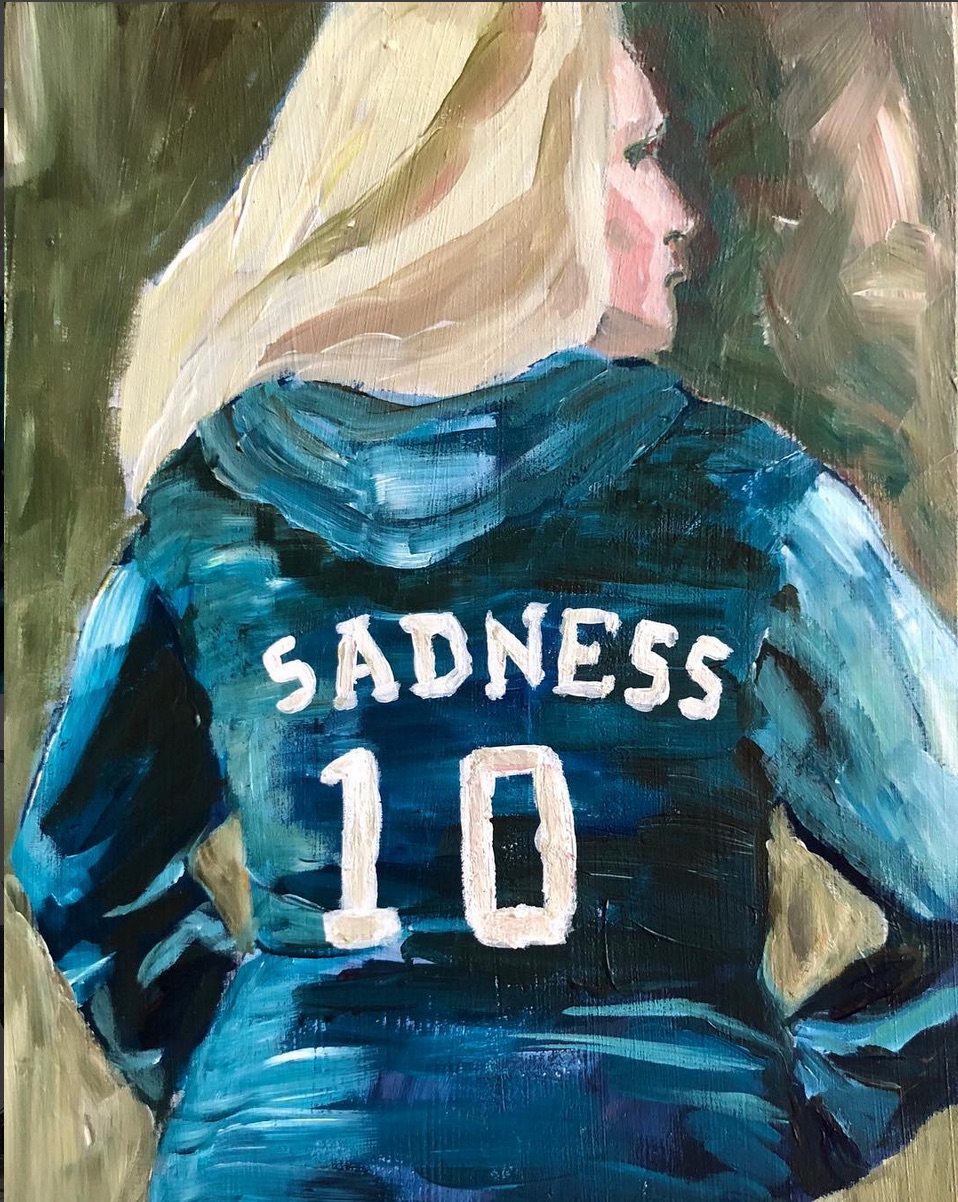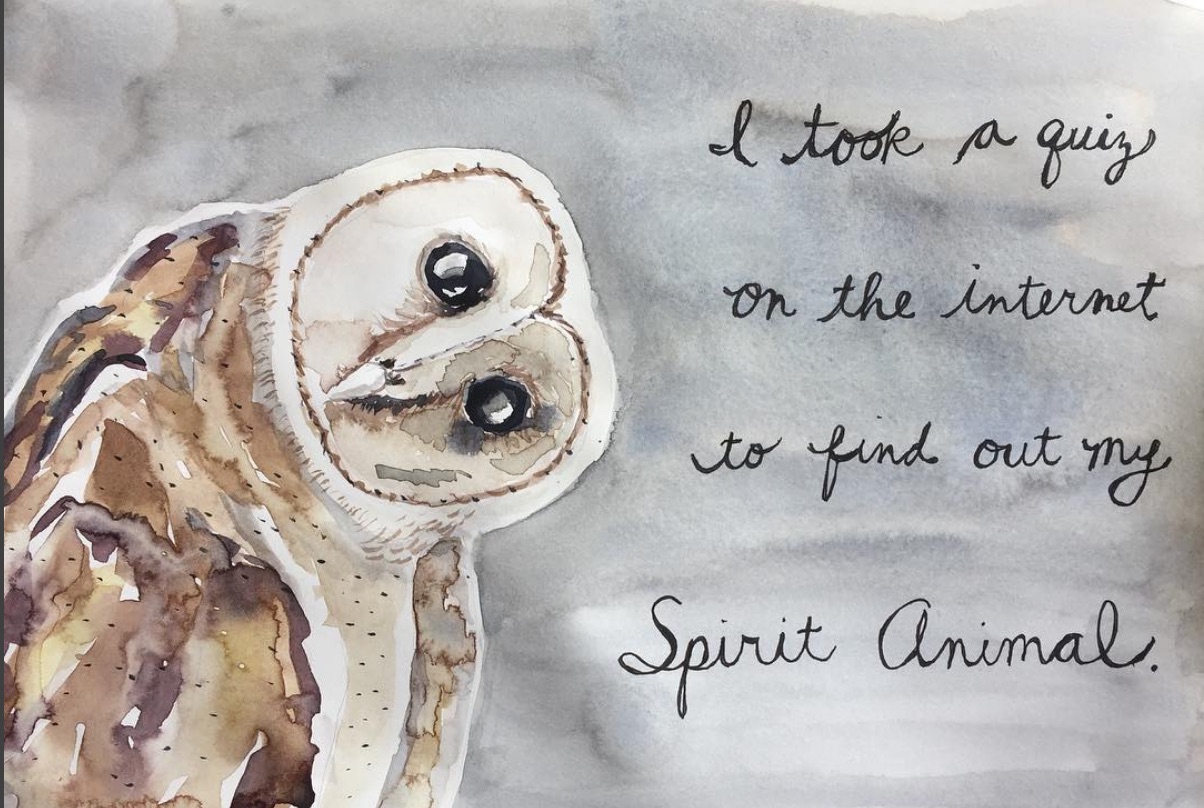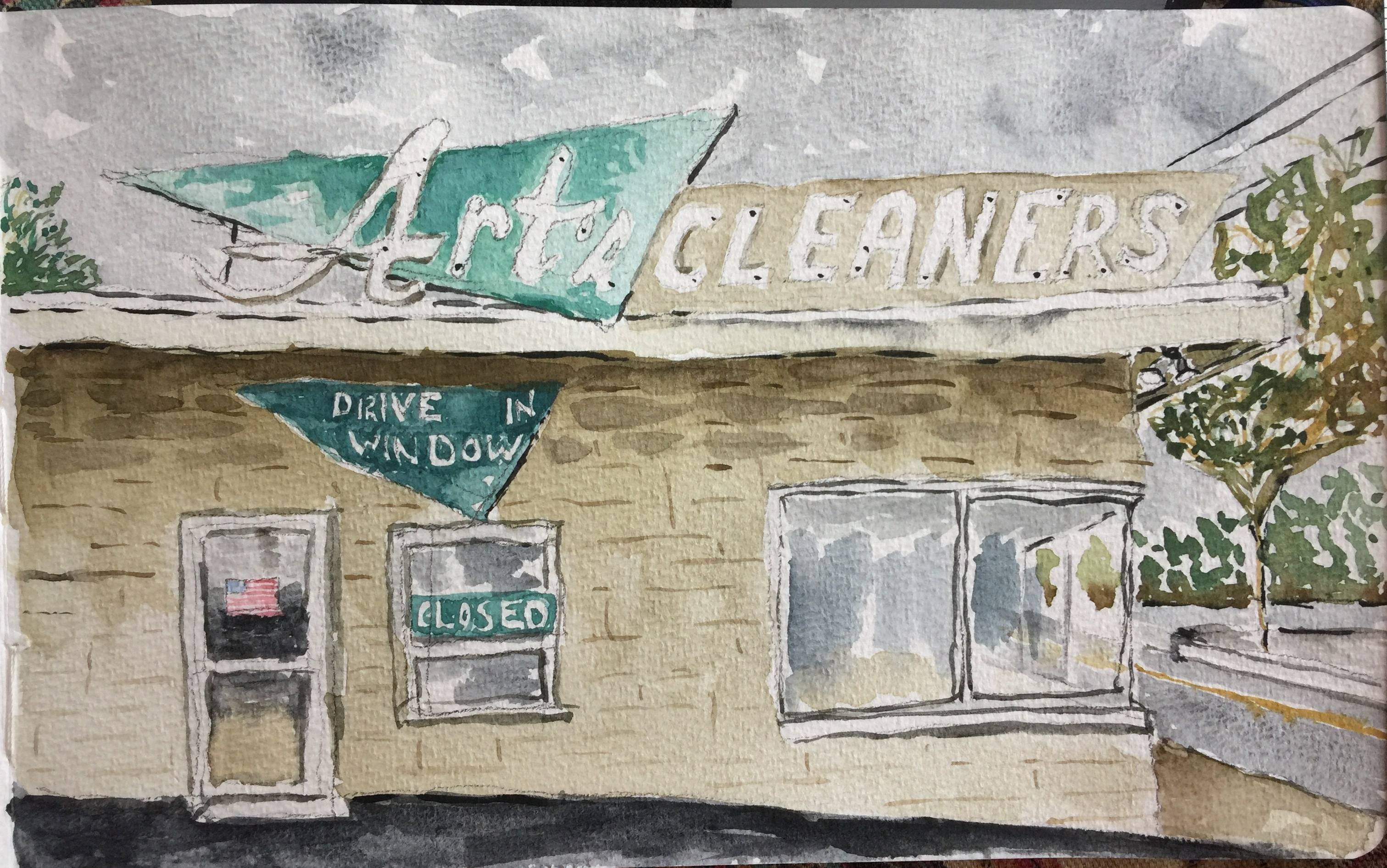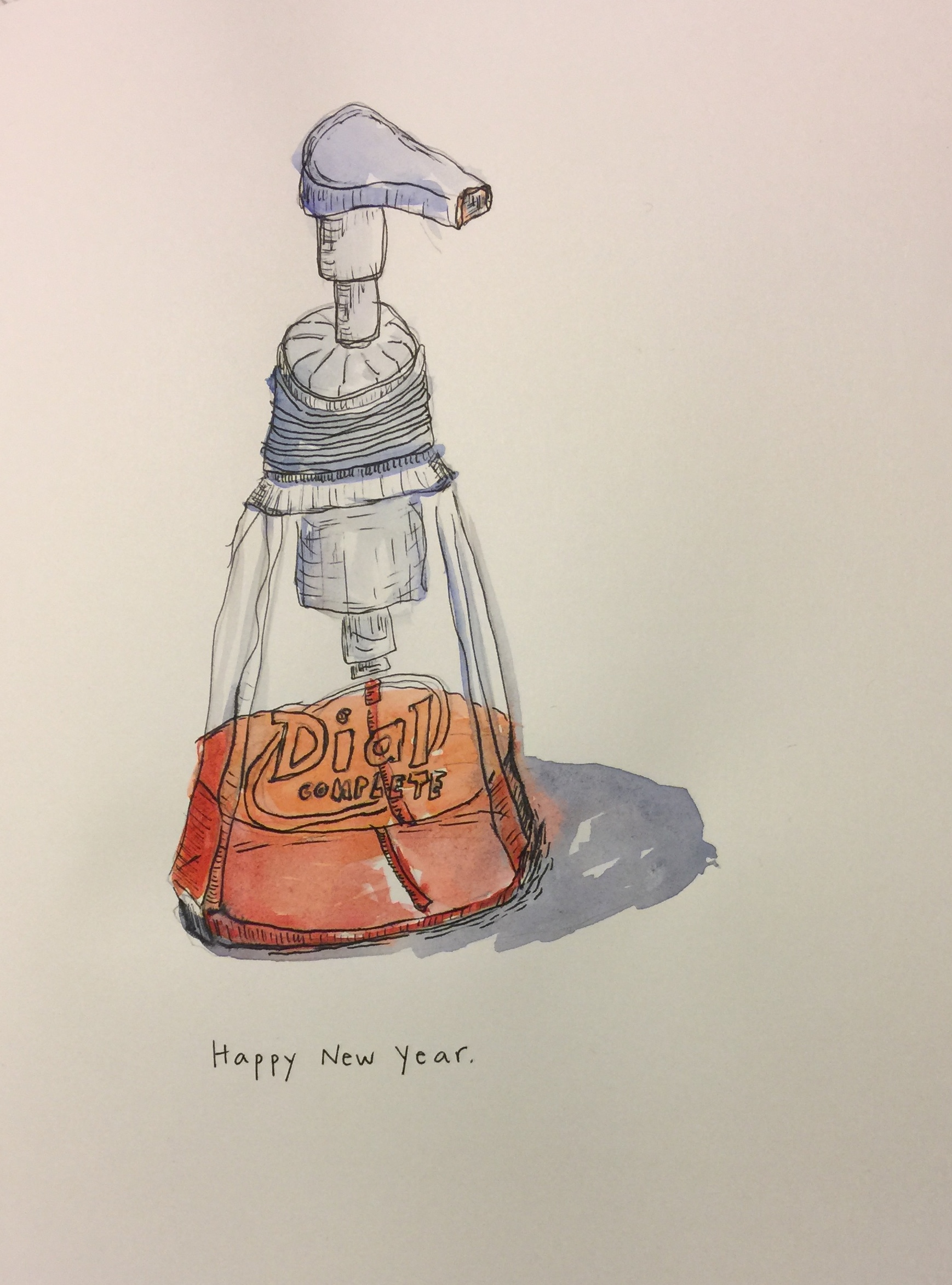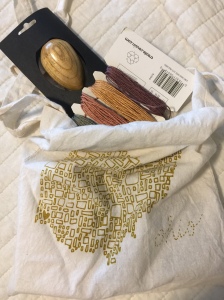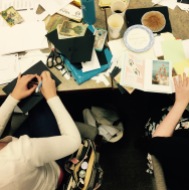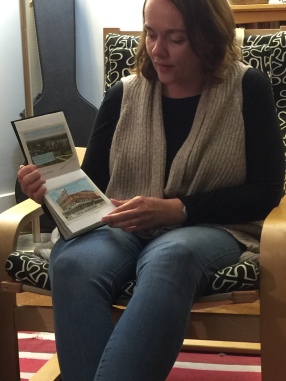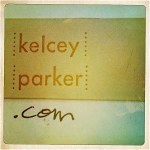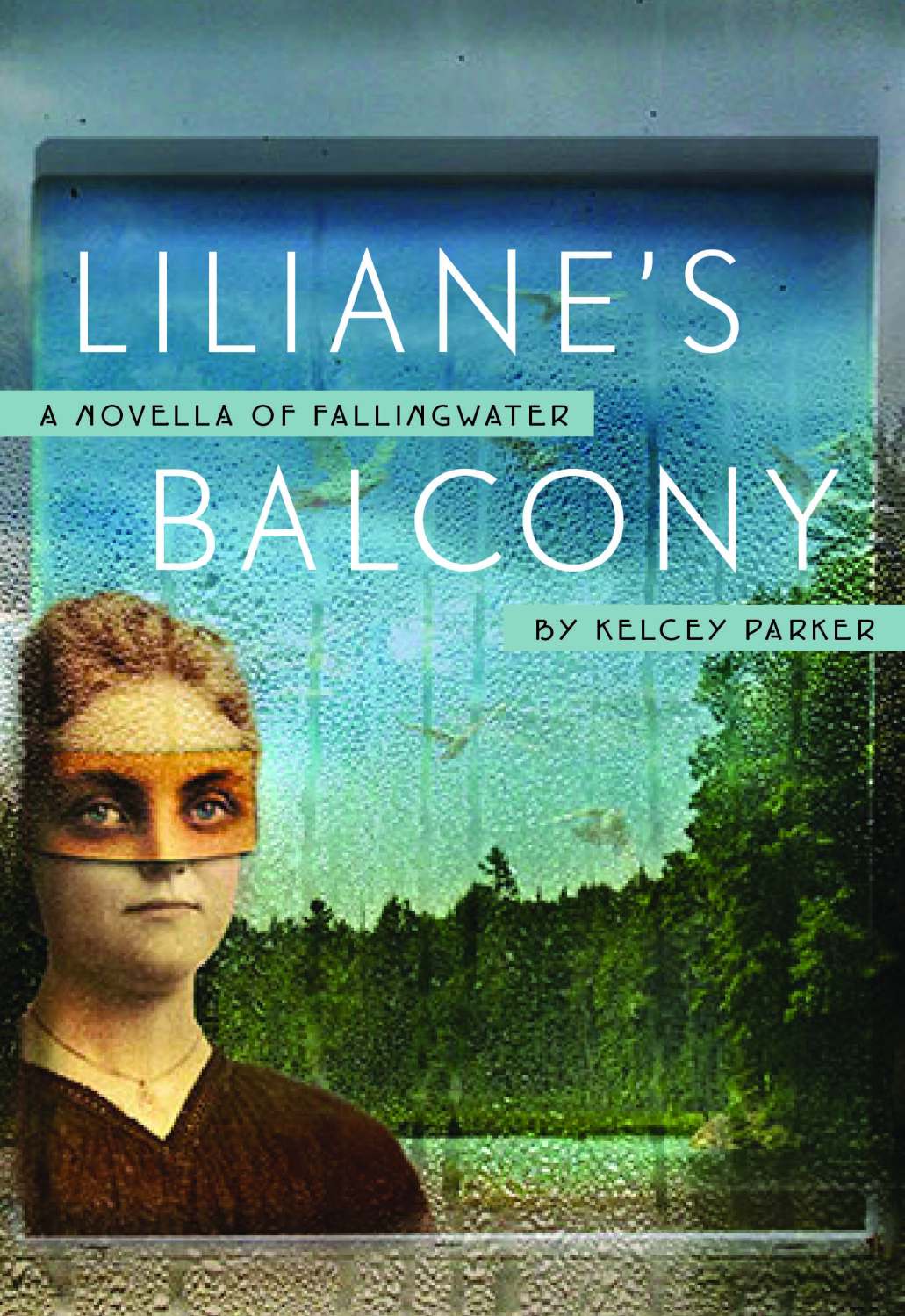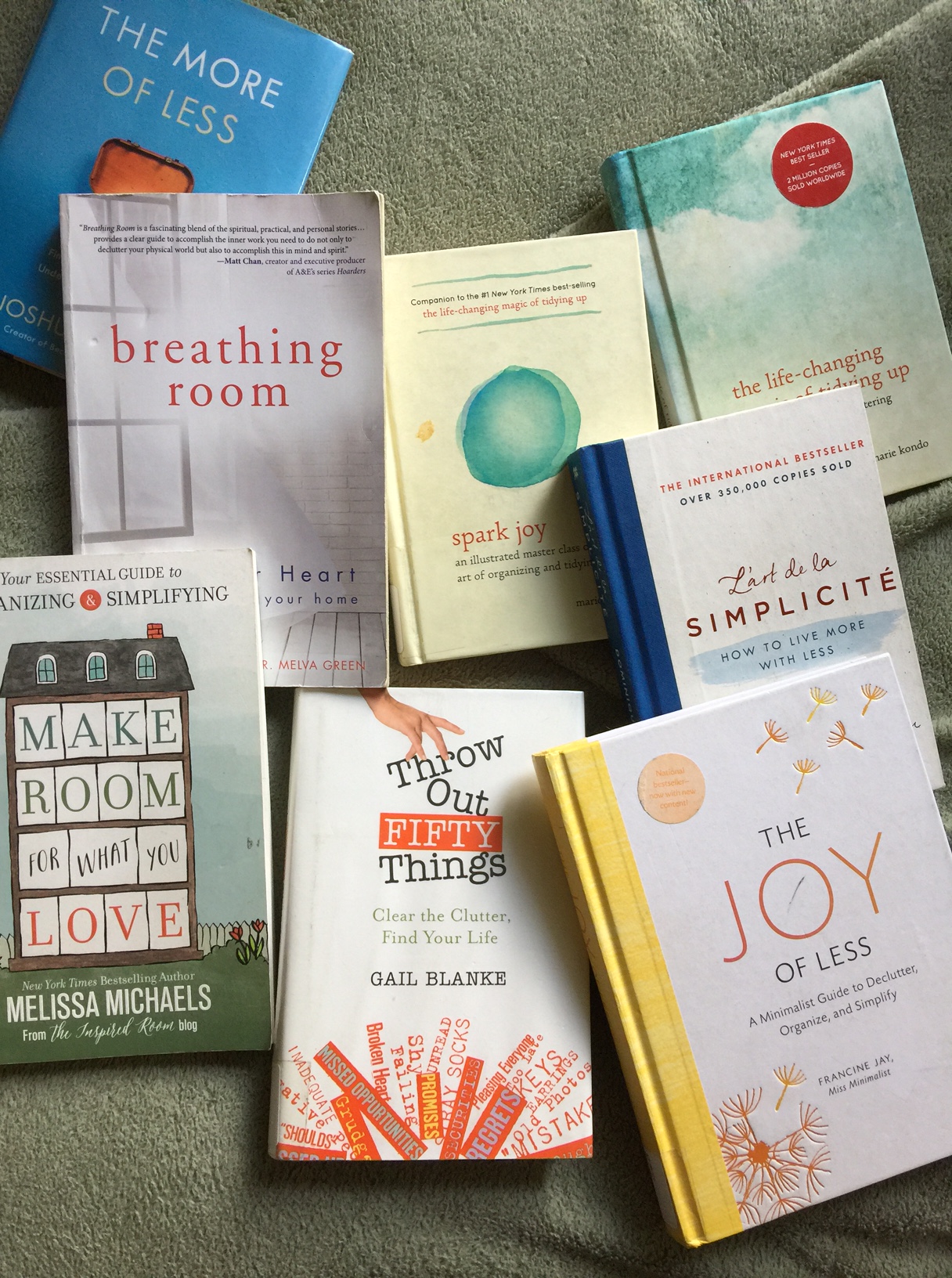
I guess it’s no surprise that I would resort to writing metaphors for the state of my life and house, but here it is. In the last few years I have undertaken a major revision of my life. I got a divorce, fell in love, moved in with my beloved, and, in my creative life, wrote a different kind of book (my first with personal nonfiction also the first with visual art). During that time, another major change: my daughter went away to college, and now she’s about to study abroad in Italy for a semester. All these revisions led to a lot of chaos and accumulation of material, and now it’s time to edit: to pare down, to get rid of extraneous material, and to make my life, as the editor of my first book advised, “lean and mean.”
Each year I come up with a word, phrase, or guiding principle that becomes a focal point for my intentions. This year it was ORDER. So it should be no surprise that six months into my year of ORDER, I am reading about The Joy of Less, The More of Less, The Life-Changing Magic of Tidying Up, How to Live More with Less, and Breathing Room, and am seriously following the advice.
My faves are The Joy of Less and the Tidying Up book because, while all of the books address the psychology behind our clutter, these two give you rational permission to let go. They acknowledge, for example, that we keep some things for aspirational reasons (someday I’ll write that book and need this source; someday I’ll be thin enough for this outfit; someday I’ll learn to play that guitar), and that it’s OKAY to let go of those aspirations and thus those things. It will even be freeing, psychologically and spatially. If you DO someday take guitar lessons, you can get a different guitar.
(My 20-year-old daughter, for example, wants me to keep a completely pointless pretzel maker because SOMEDAY when she has her own apartment, she wants to have people over and make them pretzels. This is a very clear vision in her head.)
These books also address objects we keep for sentimental reasons. Like that box of cutlery my boyfriend has been lugging around and will never use? Francine Jay in The Joy of Less puts it this way: “The most important thing to remember is that these items were simply things they owned–just like the things you own. Do you feel that you’re embodied in your dinner plates?” And she follows by saying “Your memories are infinitely more precious than any ‘things’ they leave behind.”
This advice is especially freeing for me because, while J. doesn’t even know whose cutlery he owns, I have very treasured memories of my grandparents, and a number of objects associated with them–but not all of those objects pass the “spark of joy” test. (In the Life-Changing Magic of Tidying-Up, readers are instructed to hold an object in your hands. If you feel a spark of joy, keep it; if you don’t, don’t.)
Francine Jay uses the metaphor of a curator: you are not deciding what to get rid of (in the museum of your house), you are deciding what to include, what to keep, what to feature in your life. Marie Kondo suggests going through your photos, choosing a limited number to keep (she gives some criteria in her example), and putting them in an album where they can be viewed and enjoyed. It’s editing: selecting the best and getting rid of the rest.
I especially appreciate Jay’s approach in The Joy of Less. First, she addresses furniture (and our American preclusion to oversized furniture and multi-piece sets), and she reminds us to think of the floor as an important part of our space. Don’t cover it up with so much furniture. Second, she encourages readers to rethink the use of rooms and furniture: when she lived abroad, she and her husband didn’t have a TV or couch because they went out a lot and didn’t use it. In their bedroom, they have a mattress on the floor, eliminating the need for end tables! She is not recommending these approaches to readers, but she wants readers to use their actual lived lives as the guiding principle for choosing furniture and using space. Finally, she offers an (albeit gentle) critique of capitalism, reminding us to think of how we are manipulated by ads in our consumer culture (you’ll be happy if you buy this) and of the three components of a product’s life: production, distribution, and disposal–and to consider the financial and environmental costs behind the goods we over-consume. She also reminds us to consider the labor: “who made it and under what conditions.”
In terms of method, Jay suggests going room by room; Marie Kondo insists that you declutter by theme: first clothing, then books, etc. (because you may have these items in multiple rooms and they need to be decided together). I’ve been doing a combo. Both insist that you have to empty out everything and/or put all the objects together.
So yesterday I emptied a bookshelf that was overrun with dozens of CDs mostly from the 1990s, a stack of those awesome Time Life books on topics like evolution and the body that I bought at Goodwill 15 years ago and just returned to Goodwill, a couple of gifts that I didn’t know what else to do with, old photos in tired frames, and a weird family heirloom from Slovakia.
And I started in on some of books. These are just the ones in my bedroom!
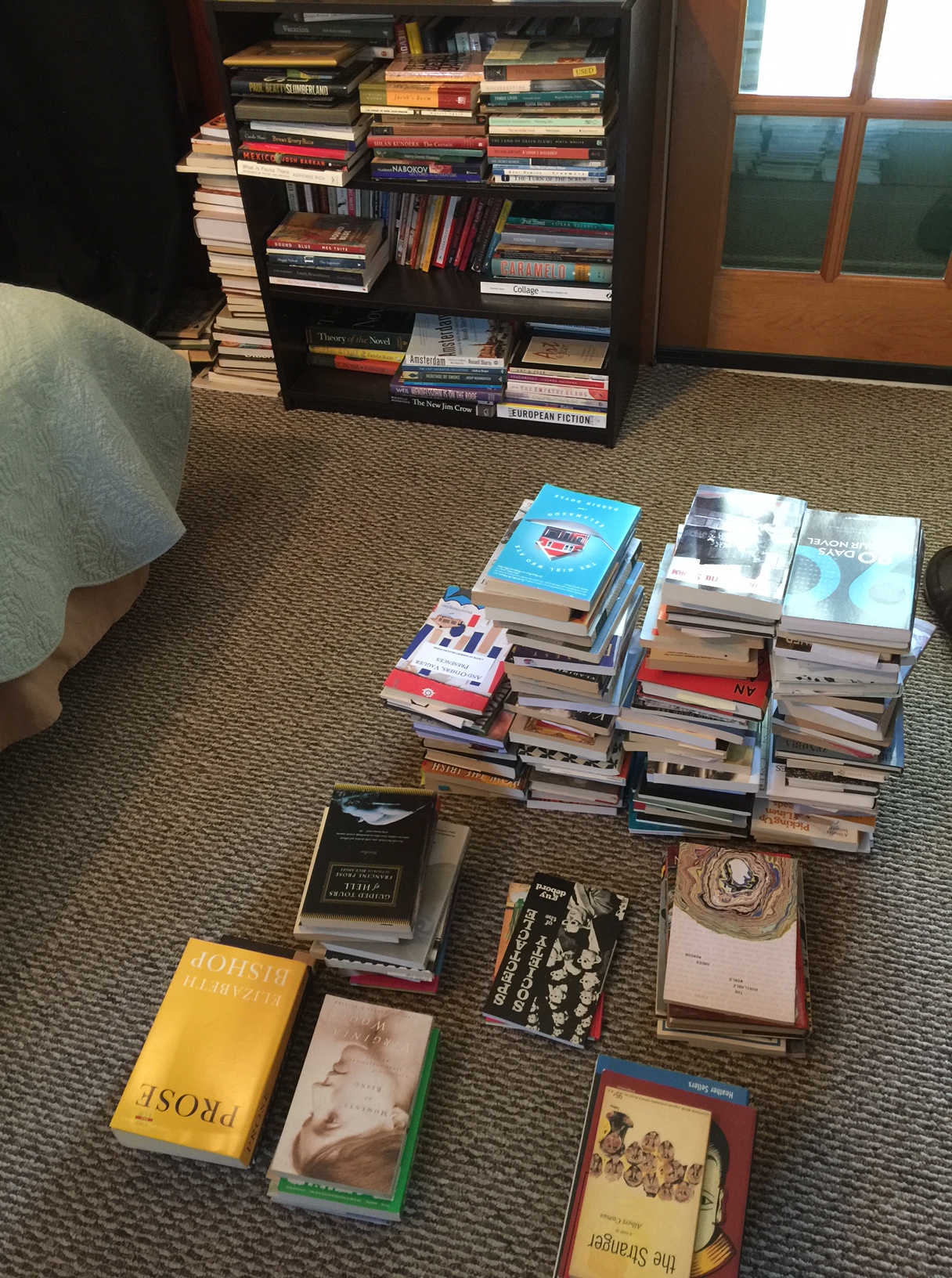
I’ll keep a lot of them (many are by my friends!), but over the years I have bought a lot of books I *don’t* need and don’t want. Or that I loved so much I bought them twice!
It feels good, this Life Edit. It gets me thinking of all the ways we create: we accumulate drafts and material, we move it around, look at in different positions and angles, we start new files on our computer, forget about old drafts, dig them up again, we get too busy to write, we come back to it and revise and figure out what the hell the story is, and then, at last, with new focus, we cut, we prune, we make a piece of art.


